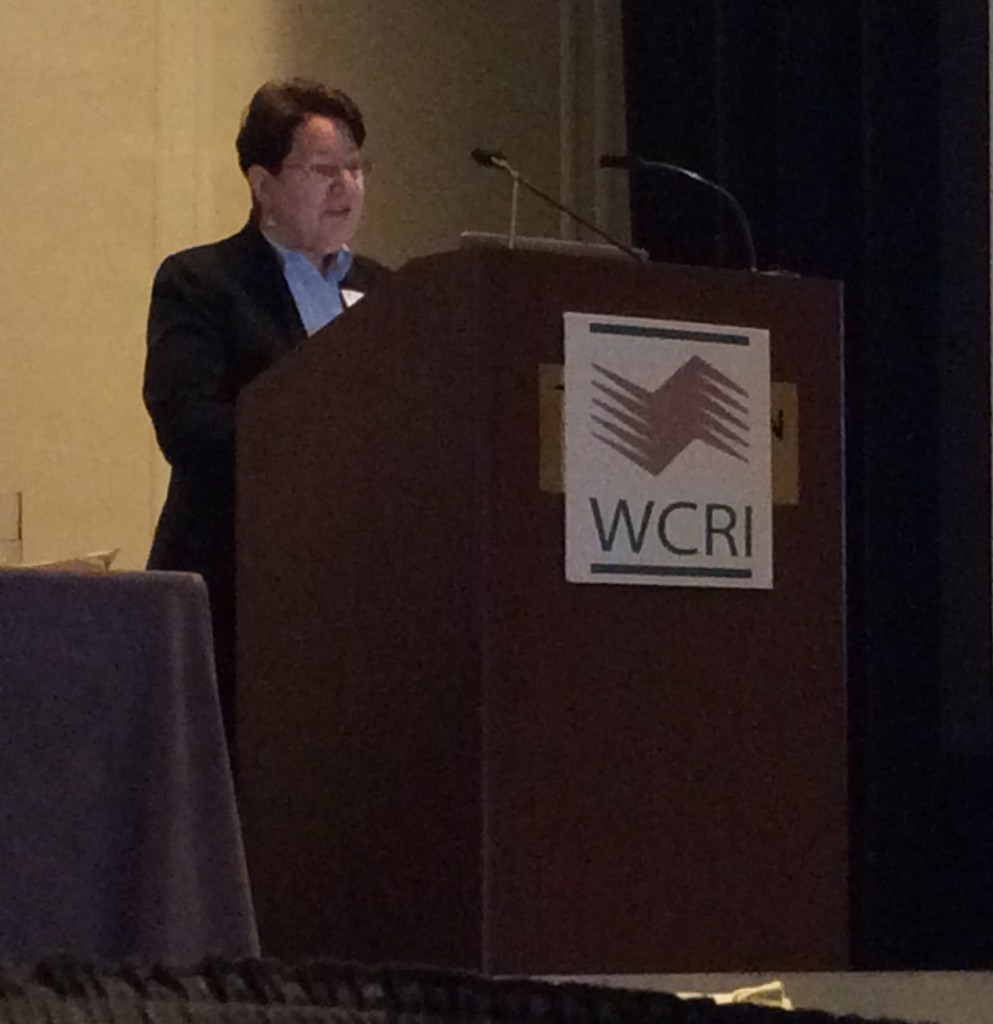States with Decreased Medical Payments
At the 2016 WCRI Annual Issues & Research conference, Carol Tellis from WCRI discussed CompScope findings on trends in medical payments per claim from 2009-2014.
From 2009-2014, half the study states had little change in medical payments per claim. 9 of the study states had increases under 3% with three states having a reduction in medical costs per claim. The focus of the rest of the presentation was the three states with reductions in medical costs (CA, IL, NC). All these states had significant policy changes that led to these cost reductions:
- Illinois – 2011 legislation included a 30% reduction in the fee schedule, changes related to reimbursement for out-of-state treatment, changes in reimbursements for spinal implants, and simplifying the fee schedule from 29 regions to 4 for non- hospital and 14 for hospitals. It should be noted that although there were significant reductions in medical payments in Illinois, it remained one of the highest states for average medical costs per claim.
- North Carolina – There was a reduction in the fee schedules for both inpatient and outpatient hospital services. In addition there were fee caps implemented for surgical implants.
- California – Reforms related to SB 863 had a significant impact on medical costs. Specifically, reimbursement rates for ASCs were reduced and the fee schedule for surgical implants was tightened up. California is in the process of transitioning to a RBRVS-based fee schedule that has increased reimbursements to some providers and lowered reimbursements to others. The Independent Medical Review (IMR) process has also had a positive effect on medical payment especially in the area of prescription drugs.


